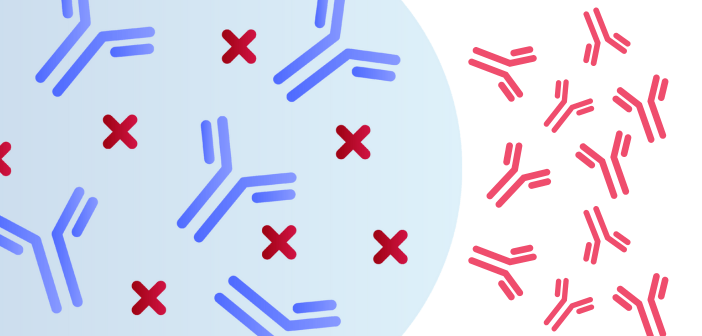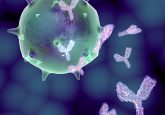Novel fusion protein advances antibody engineering

Scientists have developed an innovative method for generating antibodies involving fusion proteins, opening new avenues for drug discovery.
Researchers at Sanford Burnham Prebys (CA, USA) and Eli Lilly and Company (IN, USA) have shared a new technique for antibody generation that could revolutionize drug discovery and disease diagnosis. By fusing two immune system proteins, scientists have developed a more stable approach to producing monoclonal antibodies, addressing a long-standing challenge in the field.
Monoclonal antibodies are essential tools in medicine, with the FDA having approved over 100 for treating various conditions, including cancer, inflammatory conditions and autoimmune diseases. Beyond therapeutics, antibodies play a crucial role in diagnostics and biomedical research. However, traditional methods for generating these antibodies—primarily through animal immunization—face limitations, particularly when targeting protein complexes, which are often unstable and difficult to reproduce.
The new study, published in The Journal of Immunology, illustrates that stabilizing protein complexes through fusion can enhance immunization success. The researchers honed in on two key immune cell surface proteins, B and T lymphocyte attenuator (BTLA) and herpesvirus entry mediator (HVEM). These proteins form a complex that plays a vital role in maintaining immune tolerance. Interestingly, dysregulation of the ratio of the protein complex and freestanding HVEM and BTLA has been linked to diseases such as lupus and lymphoma, however, it has historically been difficult to quantify this ratio. Given the importance of BTLA and HVEM as targets in autoimmune therapies, it is imperative to prioritize research in this area.
You may also be interested in:
- What is immunogenicity?
- Understanding how biologics trigger immune responses: T-cell-dependent vs T-cell-independent pathways
- A new chemical reaction to perfect protein engineering
To overcome the instability of the BTLA–HVEM complex during immunization, the team engineered a fusion protein based on combined BTLA and HVEM. This innovation led to the successful generation of monoclonal antibodies that specifically recognize the fusion protein complex on the cell surface. The researchers then used these antibodies to measure the balance of free and complexed BTLA and HVEM in various immune cells, providing new insights into immune system function. This is the first instance of direct quantification of the BTLA–HVEM cis-complex.
“Our study is the first to demonstrate this direct measurement on live cells using a complex-specific monoclonal antibody,” explained Carl Ware, Professor in the Cancer Metabolism and Microenvironment Program at Sanford Burnham Prebys. “These findings may help with diagnosing or monitoring lupus and cancers such as lymphoma that tend to have HVEM mutations.”
Beyond immediate clinical applications, this approach may unlock the potential to study other protein complexes associated with disease. By stabilizing these structures during antibody generation, researchers hope to accelerate the development of new diagnostics and targeted treatments, marking a significant advancement in biomedical research.






